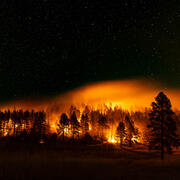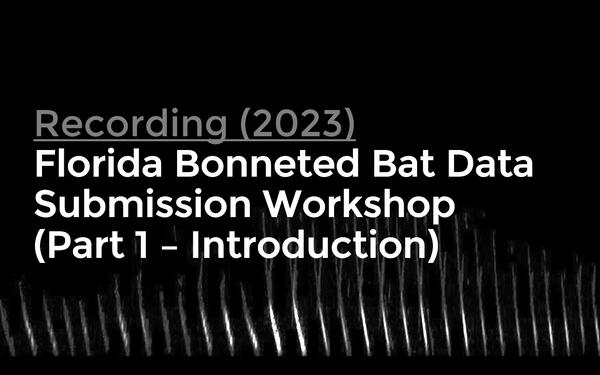Getting started with nabatr: package download & a new way to login
Getting started with nabatr: package download & a new way to loginThe North American Bat Monitoring Program: R Data Connection Package can be used to extract and summarize data from NABat projects and data requests. This video tutorial provides a brief overview of how to get started with the NABat R package, including how to download the package as well as how to log in using partner portal credentials.

































